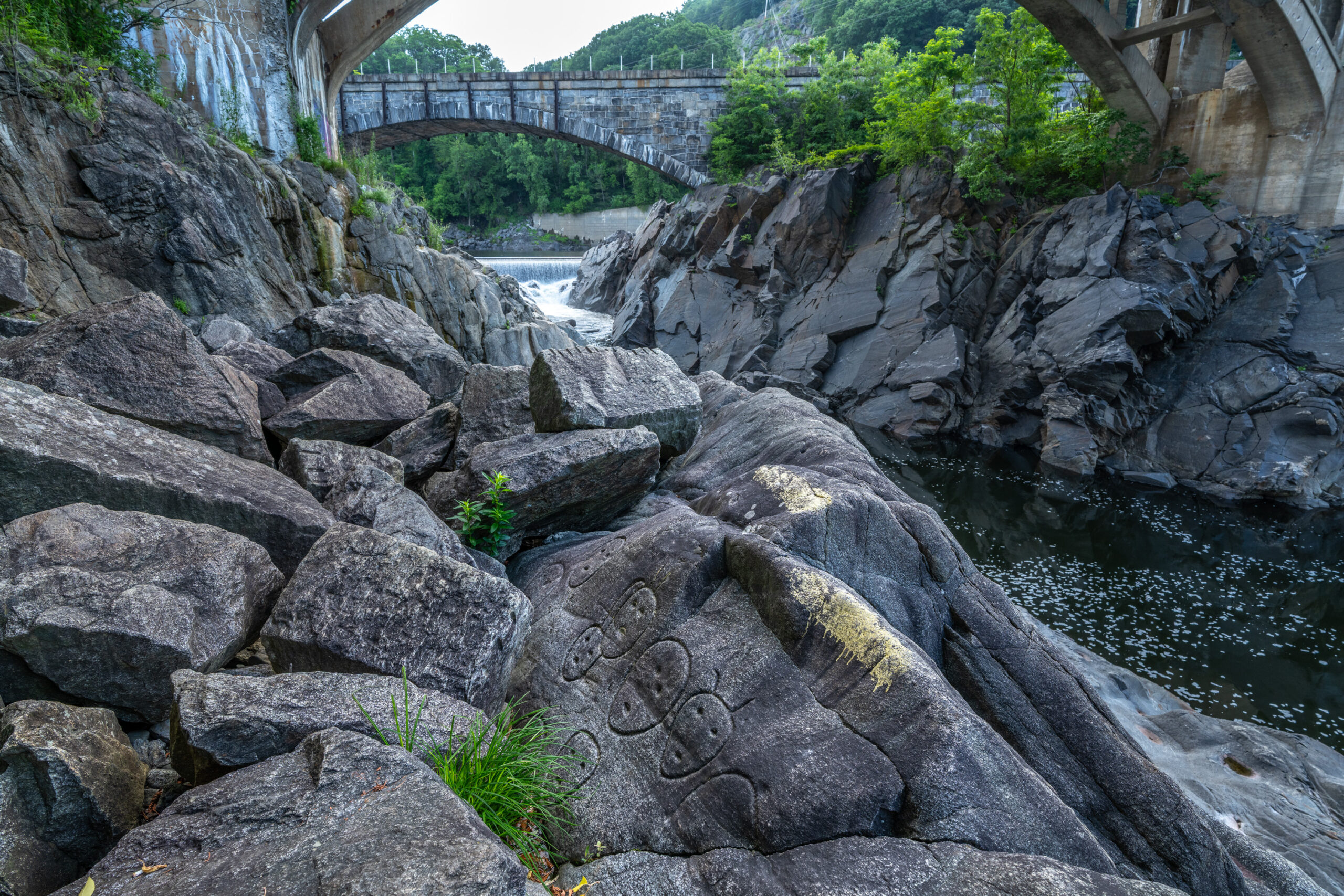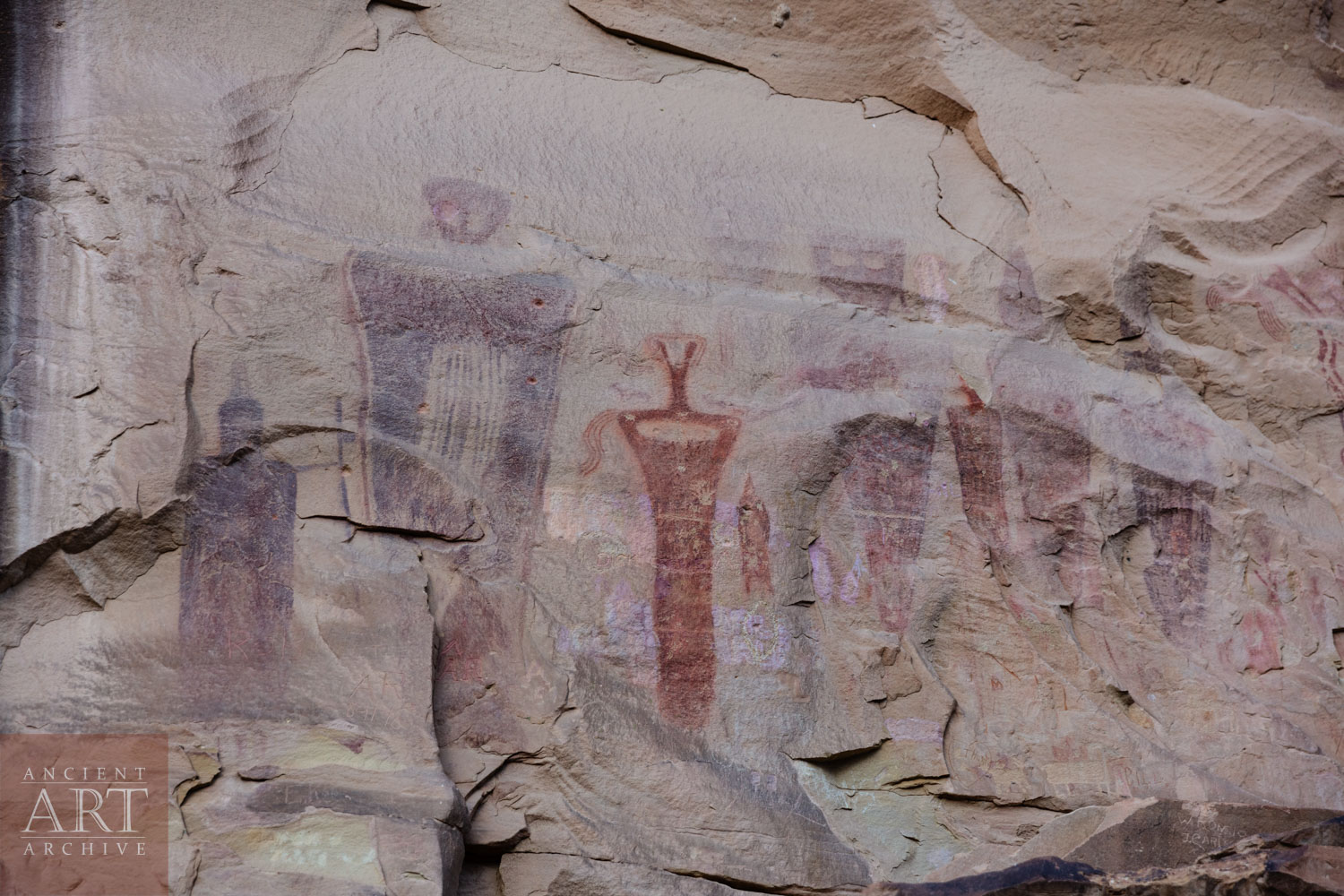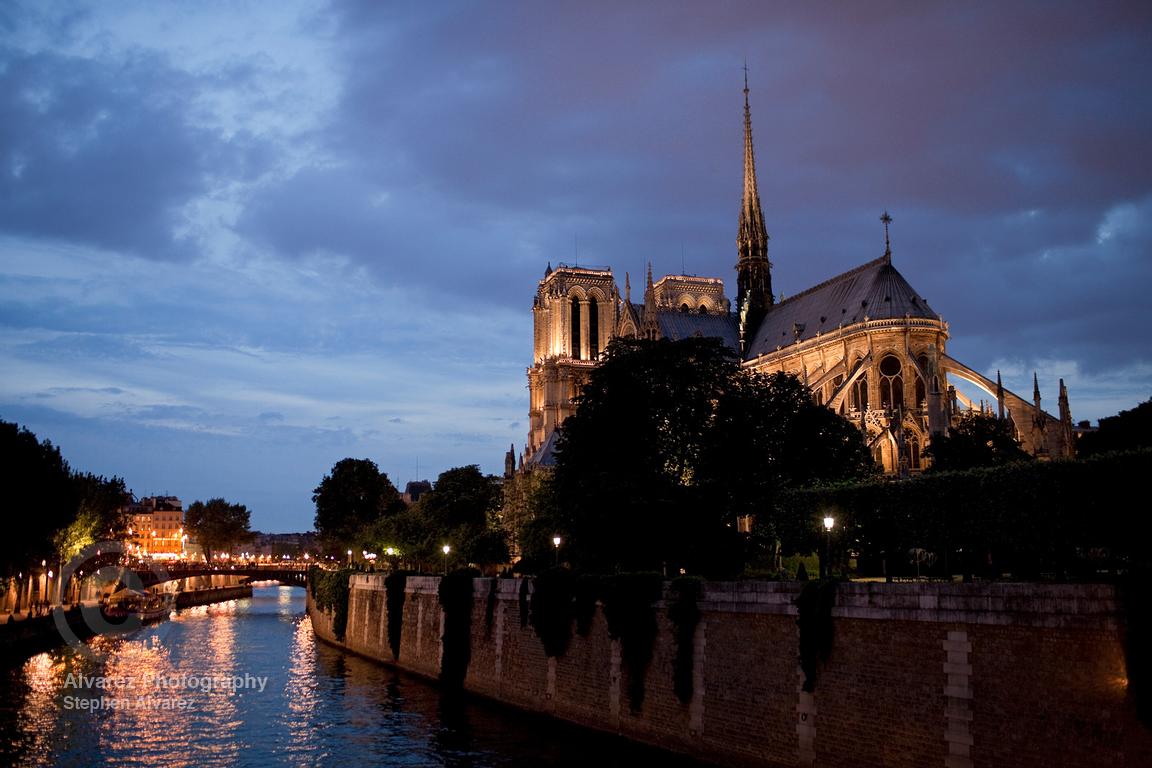There are two groups of engravings on the west bank of the Connecticut river at Kchi Pôntegok (the Great Falls). The images are deeply carved into the bedrock of the riverbank. The petroglyphs have survived periodic flooding of the river channel because of the hardness of the rock and the depth of the engravings.
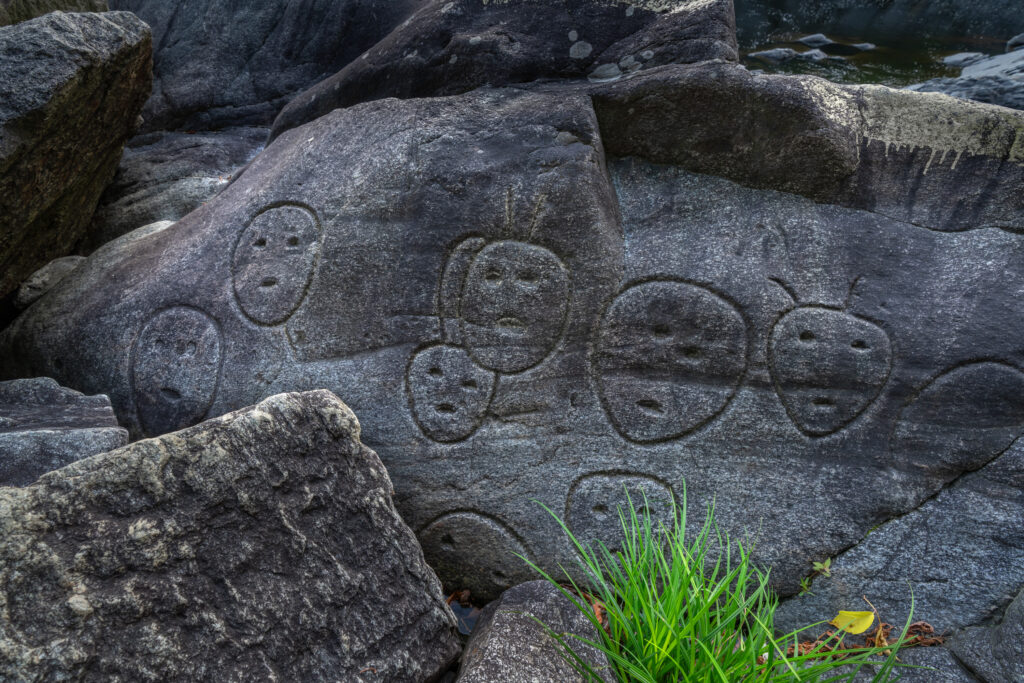
The engravings are associated with Abenaki culture. It is impossible to say how old they are but there has been a Native American presence along the Connecticut River since the receding of the last glacial maximum.
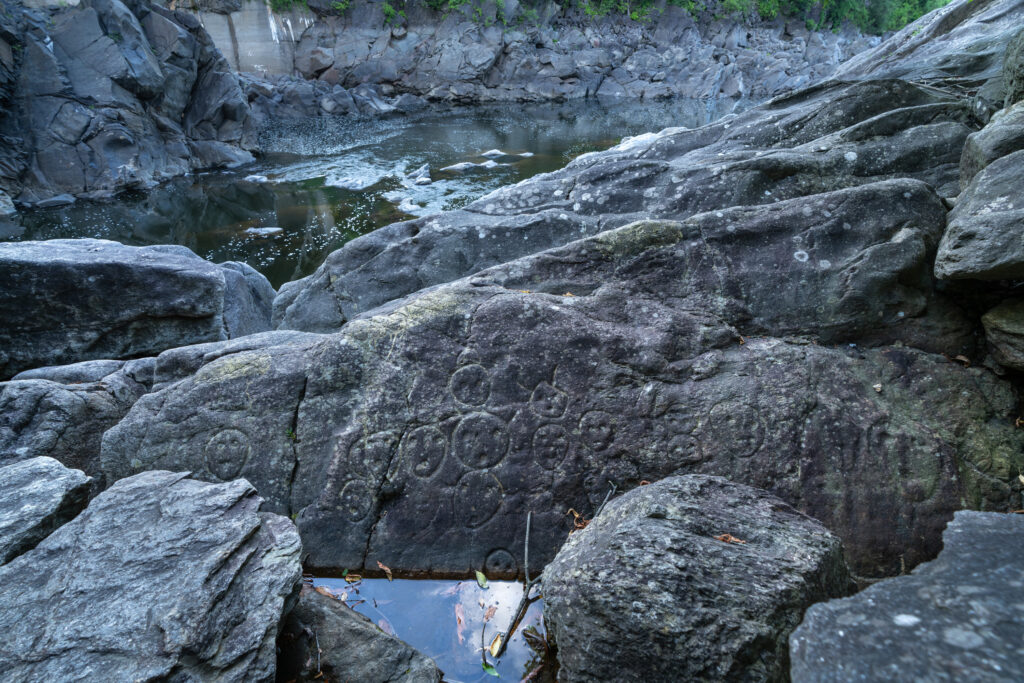
The north group of images resemble Abenaki and Iroquois corn masks. The images have been known since historic times and adorn the narrowest point of the Connecticut River. They likely mark that spot as a place of spiritual importance and a place of resource abundance. Prior to the damning of the Connecticut in the 1700’s it was the most furtile salmon habitat in the Eastern United States. The annual salmon migration made the Great Falls an important source of food for indigenous people.
Petroglyphs are relatively rare in New England. In 2015 divers discovered additional engravings hidden by impounded water downstream from the Great Falls.
